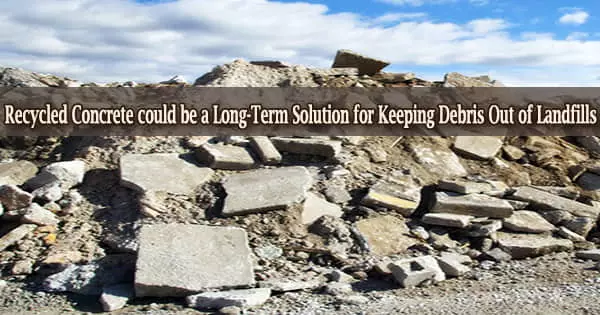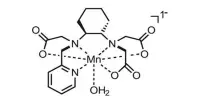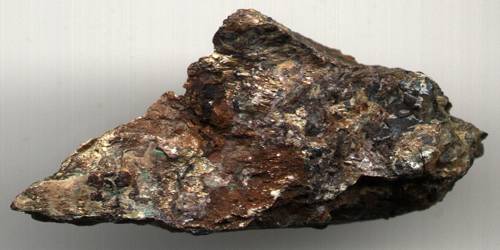Recycled concrete performs as well as, and in some circumstances better than, ordinary concrete, according to the findings of a new five-year research.
Recycled concrete is a type of concrete aggregate made from pre-existing concrete from structures, sidewalks, and roads that have been demolished. Instead of shipping used, non-biodegradable concrete to landfills, recycled aggregate is employed.
Researchers from the University of British Columbia’s Okanagan School of Engineering compared recycled and conventional concrete in two common applications: a building foundation and a municipal walkway. After five years in service, they discovered that the recycled concrete had equivalent strength and durability.
“We live in a world where we are constantly in search of sustainable solutions that remove waste from our landfills,” says Shahria Alam, co-director of UBC’s Green Construction Research and Training Centre and the lead investigator of the study. “A number of countries around the world have already standardized the use of recycled concrete in structural applications, and we hope our findings will help Canada follow suit.”
According to Alam, construction and demolition trash accounts for up to 40% of the world’s waste, with nine million tonnes of rubbish produced in Canada each year.
Concrete aggregate is utilized in a wide range of residential and commercial construction projects, including practically any project that requires concrete, concrete asphalt, or aggregate. Some industrial, commercial and residential applications for recycled concrete include:
- Landscaping: Recycled concrete can be utilized in retaining walls, raised flower and garden beds, yard drainage systems, and as beautiful gravel in both residential and commercial landscaping projects.
- Construction: For designed structural fill and embankments, as well as a sub-base material for foundations, parking lots, and driveways, use recycled aggregate or gravel manufactured from recycled concrete.
- Roadways: When practicable, the Federal Highway Administration of the United States Department of Transportation uses recycled concrete to repair, reconstruct, and maintain the National Highway System, which includes more than 160,000 miles of paved roadways and more than 128,000 structures. Local and small-scale roadways can also benefit from these techniques.
- Development: Recycled concrete has been used successfully as part of the foundation and standing buildings in a variety of industrial, warehouse, and office construction projects.
- Community: Recycled concrete can be used for public sidewalks, walkways, and asphalt surface courts, and it is often just as sturdy and long-lasting as virgin concrete.
- Environment: Recycling concrete is better for the environment, and it can even be utilized in restoration projects. In 2013, for example, an artificial coral reef was built off the coast of Jacksonville, Florida, using recycled concrete from a nearby airport and a contracting firm.
Sections of concrete from ancient culvert pipes, footer parts, box junctions, and other odd pieces were donated by the airport and the contracting business. These pieces were utilized to build an artificial coral reef that was put out in such a way that fish could easily use it as protection against predators and as a home for a diverse community of marine life.
The compressive strength and durability of recycled concrete were compared to that of regular concrete by the researchers.
Concrete is made up of fine or coarse aggregates that are held together by an adhesive paste. In the production of new concrete, recycled concrete replaces natural aggregate.
“The composition of the recycled concrete gives that product additional flexibility and adaptability,” says Alam. “Typically, recycled concrete can be used in retaining walls, roads and sidewalks, but we are seeing a shift towards its increased use in structures.”
The researchers discovered that the long-term performance of recycled concrete was comparable to that of normal concrete, and that there were no concerns during the study’s five years.
In fact, after 28 days of curing, the recycled concrete exhibited a higher rate of compressive strength while retaining a larger or equivalent strength throughout the study.
For non-structural uses, the researchers believe recycled concrete can be a 100 percent alternative.
“As innovations continue in the composition of recycled concrete, we can envision a time in the future where recycle concrete can be a substitute within more structural applications as well.”
















